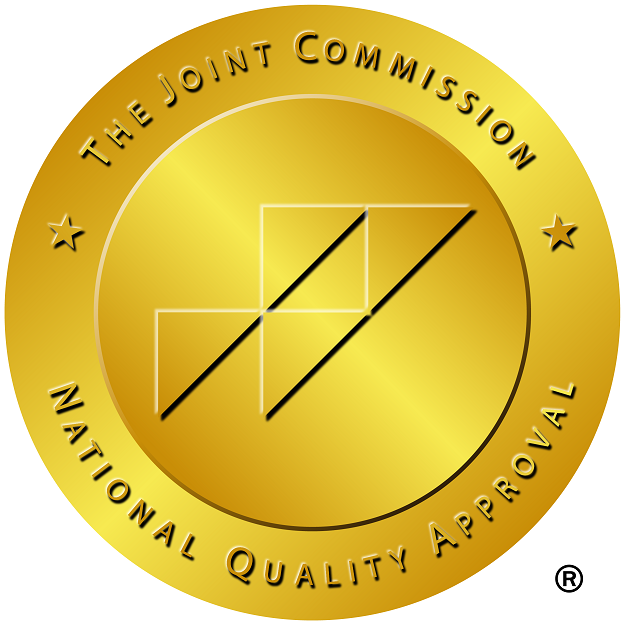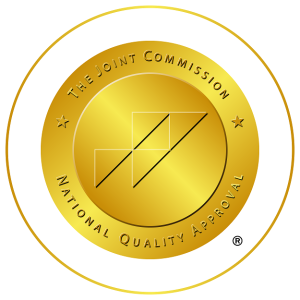Bipolar disorder is a very serious mental health condition that highly affects people of all ages, races, and backgrounds. As per the National Institute of Mental Health (NIMH), an estimated 2.8% of adults in the United States have bipolar disorder. The real causes of are not understood, research has shown that it is a complex condition with a range of potential triggers and risk factors.
This blog will provide comprehensive information about bipolar disorder, including its definition, symptoms, causes, diagnosis, treatment, and living with the condition.
What is Bipolar Disorder: Definition
Extreme mood swings, including manic episodes of high energy and euphoria and depressive episodes of low mood and energy, characterize bipolar disorder.
There are 2 main subtypes of bipolar disorder: bipolar I and bipolar II. Bipolar I disorder is characterized by manic that last at least seven days or manic symptoms that are so severe that immediate hospitalization is required. Bipolar II disorder is characterized by hypomanic episodes that are less severe than manic episodes but still significantly impact daily functioning.
Symptoms of Bipolar Disorder
Symptoms of bipolar disorder can varies from person to person and may include the following:
- Manic episodes:
Feeling highly energized, euphoric, or irritable, having racing thoughts, engaging in risky behaviors, and having trouble sleeping or focusing.
- Depressive episodes:
Feeling sad, hopeless, or empty, losing interest in activities, experiencing changes in appetite or sleep, and having thoughts of suicide or self-harm.
- Increased energy or restlessness:
People experiencing a manic or hypomanic episode may have a lot of energy and feel restless. They may engage in activities for hours without feeling tired and take on more tasks than they can handle .
- Impulsivity or poor decision-making:
When someone with bipolar disorder is experiencing increased energy or restlessness, it can manifest in several different ways.
- Agitation or irritability:
During a manic or depressive episode, people with this may feel agitated or irritable. They may be easily annoyed or angered or have a short fuse & lash out at others.
It’s vital to note that not everyone with bipolar disorder will experience all of these symptoms.
The severity of symptoms can varies depending on the individual and the type of episode they are experiencing. If you or someone you know is sharing any of these symptoms, seeking help from a mental health professional is essential.
What are the Causes & Risk Factors of Bipolar Disorder
The causes of bipolar disorder are unknown, but research shows genetic, environmental, and neurobiological factors may play a role.
- Genetics:
Bipolar disorder can be hereditary. While specific genes have been identified, the exact genetic mechanisms are not yet clear.
- Brain chemistry:
Imbalances in brain chemicals like dopamine, serotonin, and norepinephrine can contribute to bipolar disorder by affecting mood and emotions.
- Environmental factors:
Certain environmental factors, like stress or trauma, may trigger the onset of bipolar disorder in individuals who are genetically predisposed to the disorder.
- Substance abuse:
Substance abuse can worsen bipolar disorder symptoms, particularly with alcohol or stimulants. It can also impede the effectiveness of treatment.
- Medical conditions:
Certain medical conditions, like thyroid disorders or neurological disorders, may increase the risk of developing bipolar disorder or trigger the onset of the disease.

Types of Bipolar Disorder
There are multiple types of bipolar disorder, which are differentiated based on the severity and duration of manic and depressive episodes. Here are the main types:
1.Bipolar I Disorder:
This type of bipolar disorder is identified by 1 manic episode lasting at least one week or is severe enough to require hospitalization. People with Bipolar I Disorder may also experience depressive episodes lasting at least two weeks.
2.Bipolar II Disorder:
Type of bipolar disorder is identified by 1 hypomanic episode (a less severe form of mania) that lasts for 4 days and at least one depressive episode that lasts for at least two weeks.
3.Cyclothymic Disorder:
This type of bipolar disorder is identified by various periods of hypomanic & depressive symptoms that last for 2 years in adults (or one year in children and adolescents).
4.Other Specified and Unspecified Bipolar Disorders:
Bipolar disorders that don’t fit the criteria for Bipolar I, II, or Cyclothymic Disorder still involve abnormal mood episodes.
It’s crucial to note that bipolar disorder can be challenging to diagnose, and individuals may experience symptoms that do not fit into one of these categories.
A mental health professional can help with an accurate diagnosis and appropriate treatment.
Diagnosis and Treatment of Bipolar Disorder
Diagnosing bipolar disorder typically involves a comprehensive evaluation by a mental health professional, including a review of symptoms, medical history, and family history.
Treatment for bipolar disorder often consists of a combination of medication, psychotherapy, and lifestyle changes. Medications may include mood stabilizers, antipsychotics, and antidepressants. Psychotherapy may include cognitive-behavioral therapy (CBT), family-focused therapy (FFT), or interpersonal and social rhythm therapy (IPSRT). Lifestyle changes may include exercise, sleep hygiene, and stress management techniques.
Living with Bipolar Disorder
Living with bipolar disorder can be difficult, but some strategies can help manage symptoms and maintain stability.
These may include building a support network, practicing self-care, recognizing triggers, and monitoring signs. People with bipolar disorder may also face challenges such as stigma, employment issues, and relationship difficulties, but seeking help and support can make a significant difference in managing the condition.
Conclusion
Bipolar disorder is a severe mental health that can significantly impact a person’s life and relationships. As there is no cure for bipolar disorder, effective treatments are available, & many people with bipolar disorder can lead fulfilling lives.
By increasing awareness, understanding, and support for people living with bipolar disorder and their families, we can help reduce stigma & improve access to care.















